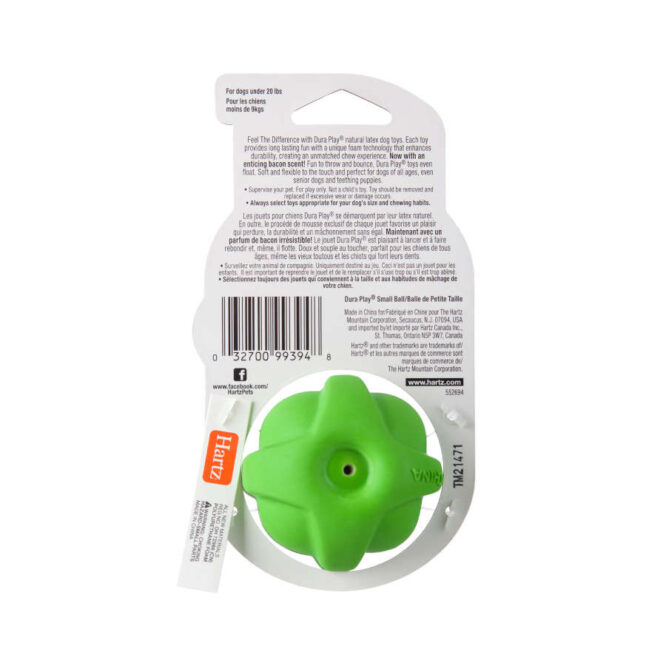Blue Tang Fish are high-bodied, compressed, pancake-shaped fishes with pointed snouts and small scales. Their eyes are located high on their heads and their mouths are small and positioned low. Their dorsal fins are continuous. Of particular interest is their distinct yellow caudal (tail) spines located at the base of their tails on either side of their bodies, a characteristic shared with other surgeonfishes. This spine fits into a horizontal groove and can be extended and used to fend off rivals and predators.
Blue tangs reach 39 cm in length and have 9 dorsal spines, 26-28 dorsal soft rays, 3 anal spines, and 24-26 anal soft rays. Blue tangs have the most distinctive coloration of all western Atlantic surgeonfishes.
These fish have three color phases. In their juvenile phase, they are bright yellow, changing to a mixture of yellow and blue during adolescence. They may also have blue crescents above and below the pupils of their eyes. They may also be spotted with blue or have a yellow body and blue fins.
As these fish mature into the intermediate phase, their color darkens to a bright blue or purplish-gray with a yellow caudal (tail) fin. Gray longitudinal lines are located in their flank region with blue dorsal and anal fins banded with orange-brown diagonal lines. Their caudal spines become yellow to pale yellow or white. At night, blue tangs display white vertical stripes.
Adult blue tangs are deep blue to purplish-blue with yellow caudal spines. The change from juvenile to intermediate to adult coloration is not size-dependent as some fish in the juvenile yellow phase may be larger than the adult blue phase.
Disclaimer: To be delivered in 2 weeks


Reviews
There are no reviews yet.